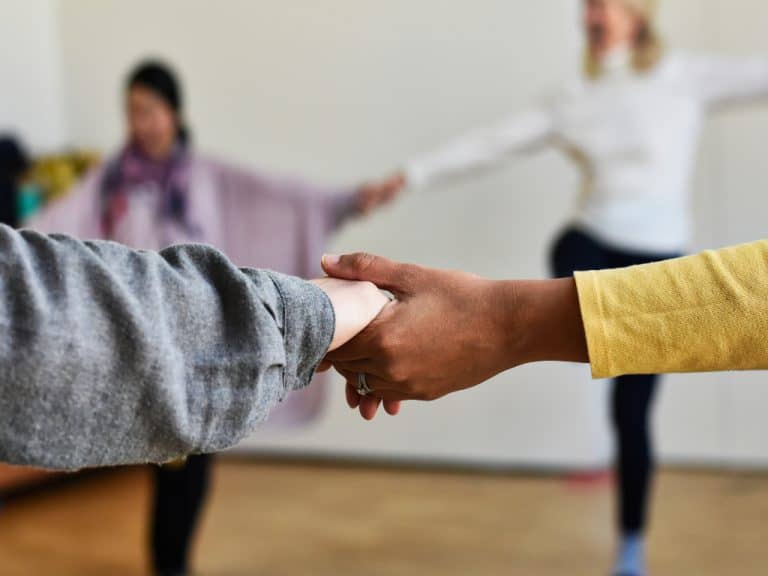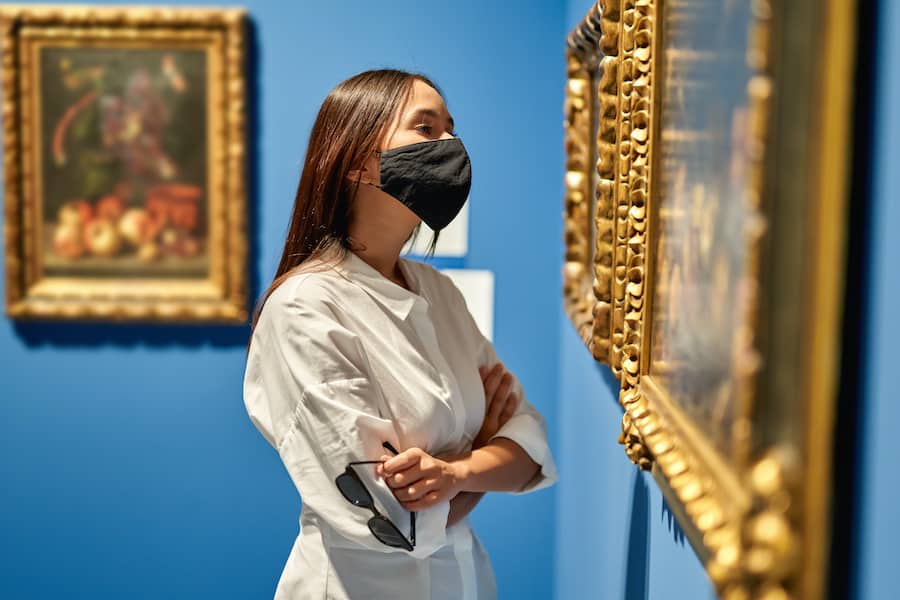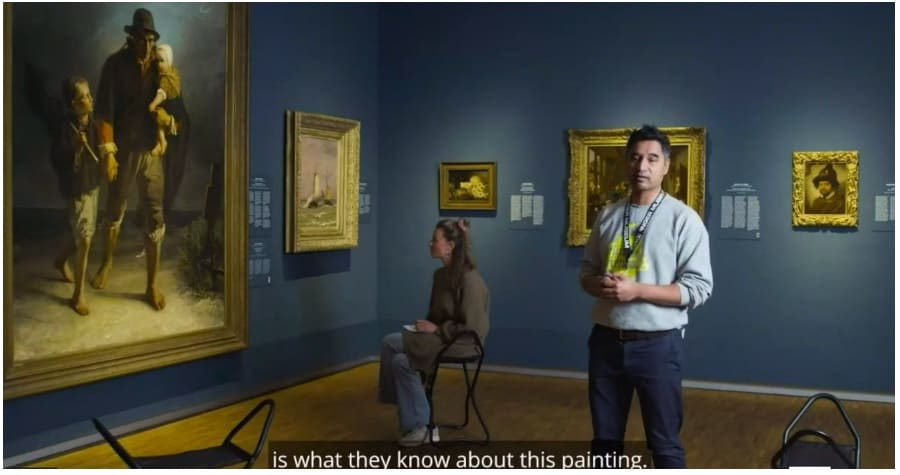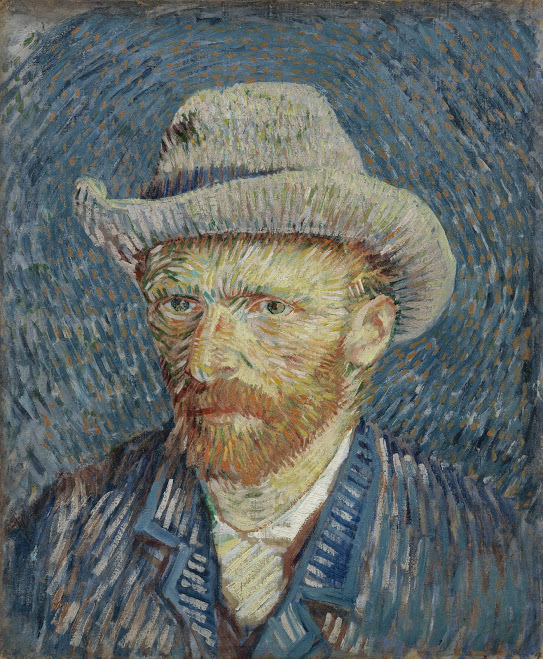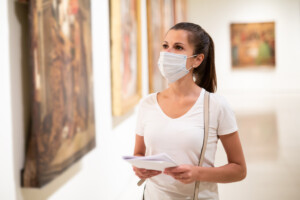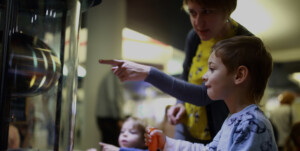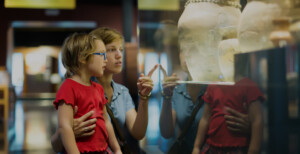Last week, MuseumNext held an international online summit, sharing case studies from across the global museum sector focussing on best practice in health and wellbeing.
According to MuseumNext, “studies show that museums combat stress, reduce social isolation, increase self-esteem and could even lead to longer lives”. Following the COVID-19 pandemic, providing this role is even more crucial to the communities’ museums serve.
Bringing together the world’s leading professionals in museum wellbeing for a summit on how organisations can support the health of their audiences, users and staff, therefore, couldn’t have happened at a better time.
The summit featured speakers from the Van Gogh Museum in Amsterdam, the ArtScience Museum in Singapore, the Jewish Museum in London, The Metropolitan Museum of Art in New York, and more. It offered insights into best practice for professionals looking to make museums healthier, happier places to visit, use and work.
Collections supporting audience wellbeing
One of the themes of the summit was how museum collections can be used in innovative and often surprising ways to support audience health and wellbeing.
For example, Sander Daams from the Groninger Museum in the Netherlands collaborated with Dr Edwina Doting, a microbiologist from the city’s University Medical Centre to share a case study where the museum’s art collection is being used to support trainee doctors.
With the COVID pandemic having a huge impact on staff stress at the University Medical Centre, Daams and Doting worked together to produce a programme specifically to reduce stress for doctors in training through engagement with art.
As well as reducing stress, interactions with the museum’s art collections have actually helped trainees become better doctors. Activities were designed to engage participants with paintings through observation, listening and looking. All skills that are essential to being a good doctor.
Through imagining themselves in the place of certain characters within paintings, doctors can also practise empathy. Again, this is an essential soft skill for the trainees.
Exploring grief and loss at the Jewish Museum
Another example of using collections to support health and wellbeing was a schools workshop developed by London’s Jewish Museum.

Lisa Shames and Emma Crew shared how their workshop ‘Life with Loss’, had the specific desired outcome of emotional literacy.
As well as teaching children about the Holocaust through the life and collections of survivor Solly Irving, children were able to explore their own feelings around living with grief and loss. This has been especially important for many families in the aftermath of the pandemic.
With help from the charity Grief Encounter, the Jewish Museum developed materials and pre-visit resources to support the workshop. When at the museum, children could explore Irving’s story and handle objects from the museum collection. They could also respond artistically to the subject whilst exploring their own feelings on loss.
To measure the impact of the workshop, the Jewish Museum carried out an ‘emotional evaluation’ of the participants. It did this by asking them how they felt at different stages of the workshop. Despite many children feeling sad when learning about the Holocaust, the most popular emotion during the artistic activity was ‘happy’. Many children also said they felt ‘inspired’ by the content.
Museum collections relating to mental health & wellbeing
Some museums have stories that relate to mental health right in their collection. Yet, it is only in recent years that many have started to interpret these stories in a way that speaks to contemporary experience.
For example, Ann Blokland and Sarah Broekhoven shared how they have started to openly address the mental ill-health of the famous artist at the Van Gogh Museum.
The museum previously had only a small factual display covering the topic. Now, it has moved to explore Van Gogh’s ill health in a way that connects to people today. The museum team has worked with local communities to create a mental health programme. Through this, it aims to foster dialogue, offer creative tools to support wellbeing and foster diversity.
This was certainly a session that spoke to me. I saw a lot of similarities in approach to the mental health exhibition and programme we launched at Kew Palace in 2021.
Health & wellbeing in museums: what about staff?
Museum visitors were by no means the only focus of this summit on health and wellbeing in museums. For museums to be healthy for users, they have to be healthy for staff. Many of the sessions focussed on how to support museums in building positive and supportive working cultures.
For museums to be healthy for users, they have to be healthy for staff
For example, museum and cultural consultant Laura Crossley spoke about the dangers of a toxic workplace. She spoke of the need for a ‘happiness revolution’ in museums, calling out practices such as micromanagement, bullying and microaggressions. She also called for us all to prioritise the wellbeing of teams and colleagues. If we say we have an ‘open door’ policy, for example, do we really mean it?

Elsewhere, Camille Hunt from the North Carolina Museum of History addressed attendees. She spoke about how conservation practice is evolving to consider the emotional wellbeing of staff who routinely work with objects relating to what she calls ‘hard history’.
Hunt shared how she was moved to tears by handling objects relating to the Ku Klux Klan in North Carolina. She then offered some tips for managing this stress. For instance, practising self-awareness, being honest about your feelings and knowing when to ask for help.
All in all, the case studies showed not only the amazing impact museums can have on the wellbeing of their audiences, but clearly advocated for a long hard look at internal wellbeing too. After all, we can’t look after our visitors unless we look after ourselves.
